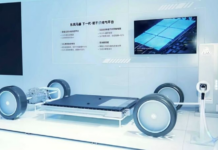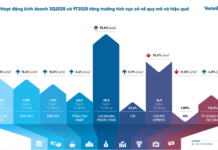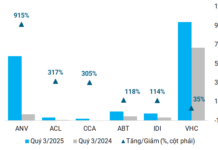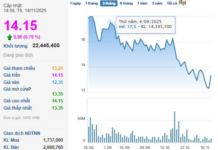The Road Traffic Order and Safety Law introduces several new regulations, including the mandatory use of child safety devices in cars starting January 1, 2026. According to the law, children under 10 years old and shorter than 1.35 meters must be secured in appropriate safety devices while traveling in a vehicle.
Drivers found transporting children under 10 years old and shorter than 1.35 meters without using the required safety devices, or seating them in the same row as the driver (except in single-row vehicles), may face fines ranging from 800,000 to 1,000,000 VND.
The market offers a wide range of child car seats from various brands, primarily imported ones such as Joie, Graco, Chicco, Doux, Reebaby, Maxi-Cosi, Zaracos, Gluck, and Combi. Prices vary, typically ranging from under 2 million VND to 7 million VND, with premium models reaching up to 10–15 million VND.
Additionally, the market features second-hand child seats, marketed as Japanese domestic products. Sellers claim these seats are over 90% new, maintaining a relatively high price of around 1.6–1.7 million VND per unit.

Child seats available at auto accessory stores
Mr. Hoàng, manager of an auto accessory store in An Đông Ward (Ho Chi Minh City), noted that following the announcement of the new safety regulations, many stores have quickly sourced child seats to meet the anticipated demand. “Previously, some stores stocked child seats, but sales were slow, leading most to discontinue them. This time, the demand seems more pronounced,” Mr. Hoàng commented.
Beyond auto accessory stores, several children’s product retailers are also beginning to stock these seats to gauge market interest. Ms. Nhung, a staff member at a store in An Khánh Ward (Ho Chi Minh City), mentioned that many parents have been inquiring about these products recently. “They are primarily researching models and prices, with some indicating they will return to purchase once the regulations take effect,” she shared.
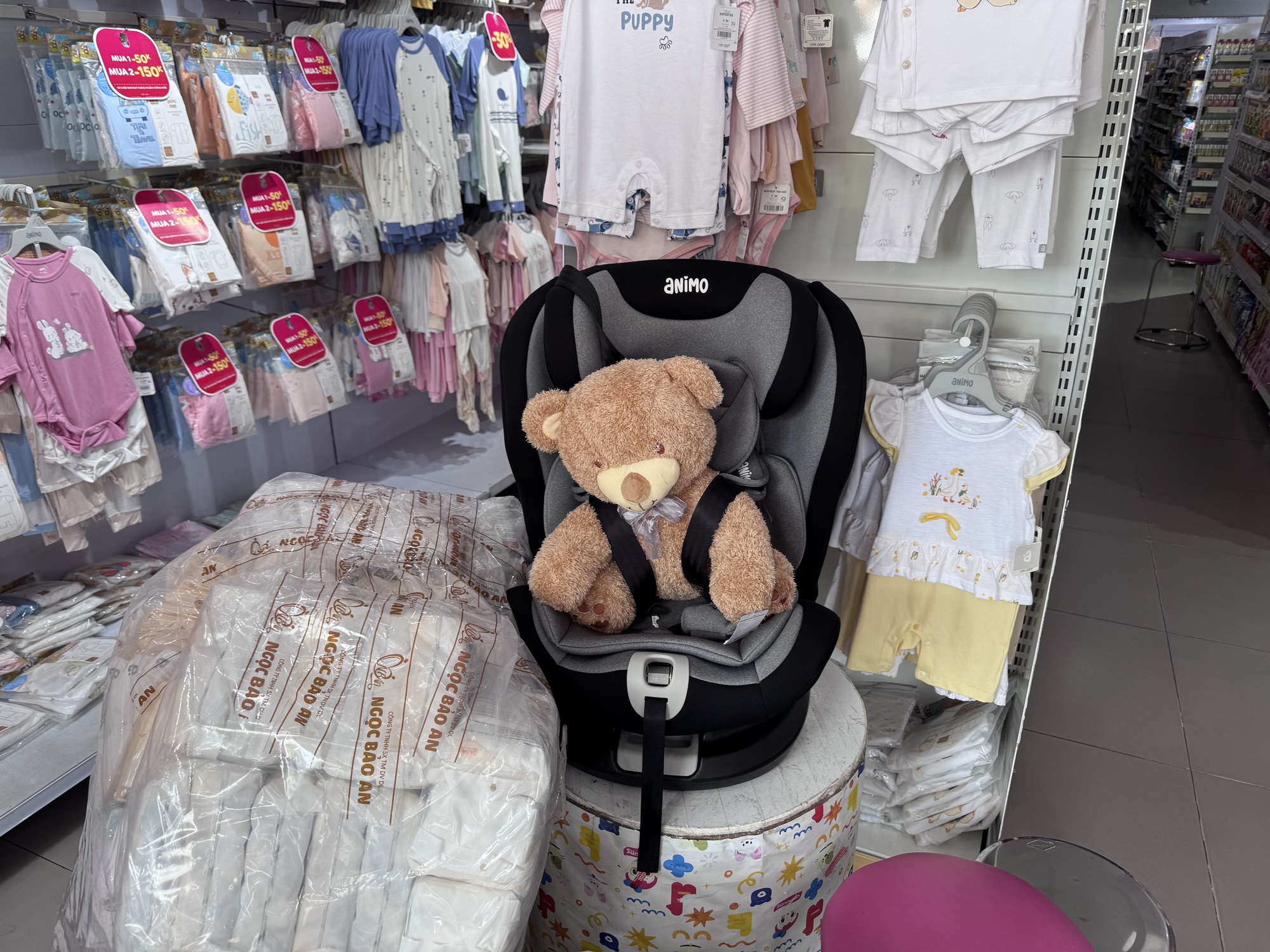
Child seats available at children’s product stores
According to the National Traffic Safety Committee, child safety devices for cars can include infant carriers (typically for children under 2 years old), toddler seats (for children aged 2–6), and booster seats or cushions (for children aged 6–10).
Infant carriers and toddler seats are designed for ease of use and comfort for younger children. As children grow taller (aged 6–10) and find toddler seats too cramped, they can transition to booster seats or cushions.
For children under 2 years old, rear-facing infant carriers are recommended. This design ensures that in the event of a frontal impact, the force is distributed across the child’s back, minimizing potential harm.
Children aged 2–6 can use standard child seats, the most common type. From ages 6–8, they can switch to booster seats. For children aged 8–10, as their bodies grow, booster cushions become more suitable. Some devices combine all four functions, accommodating children from 1 to 10 years old.

